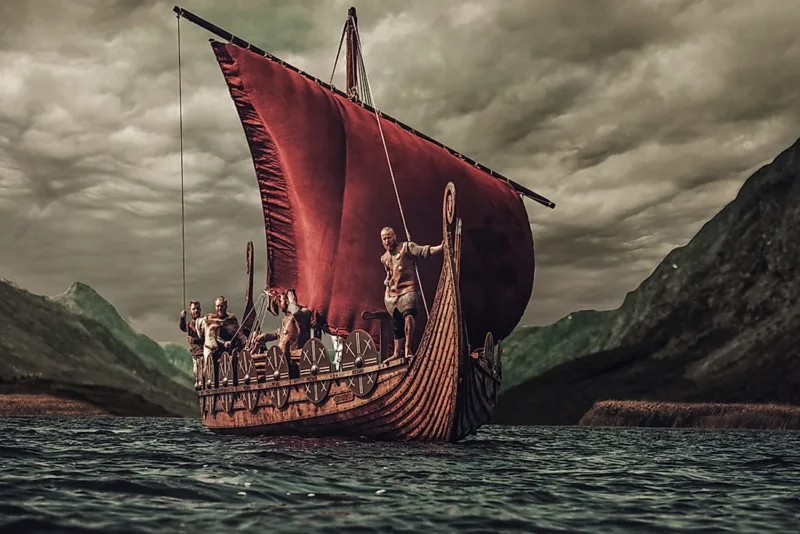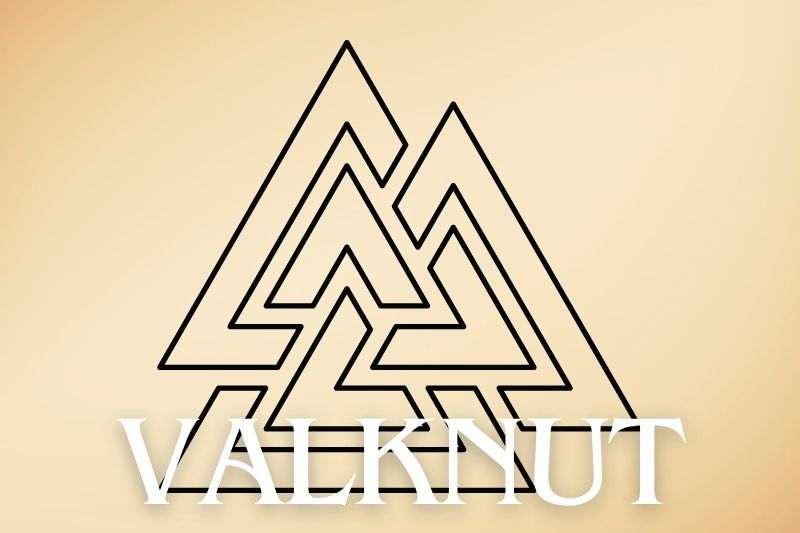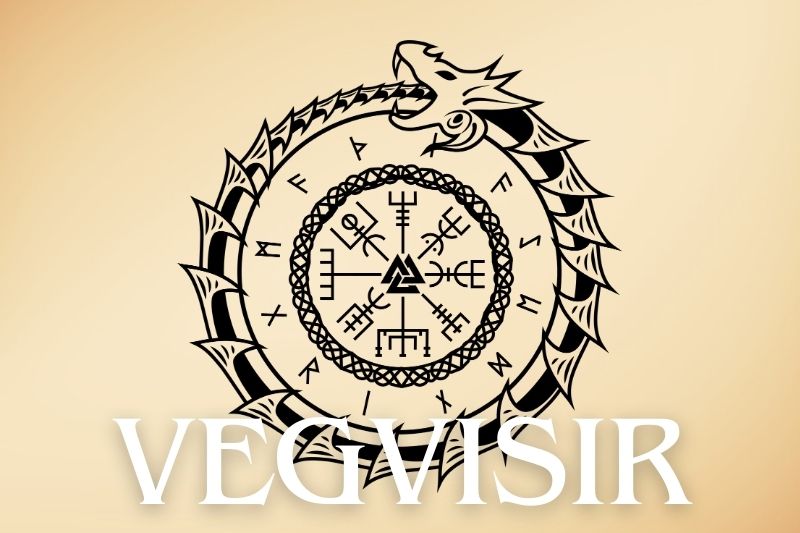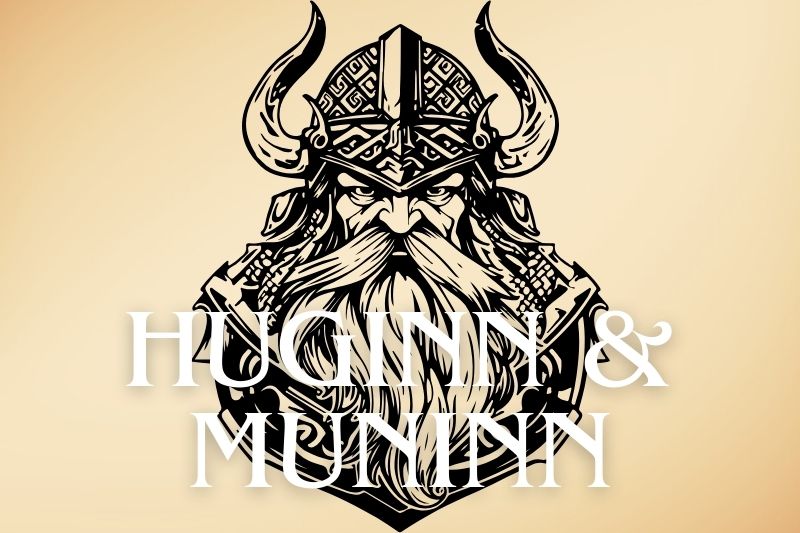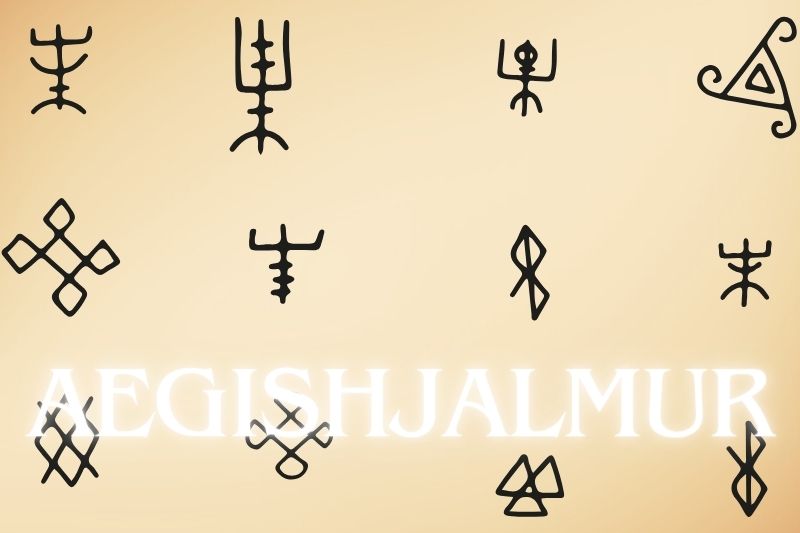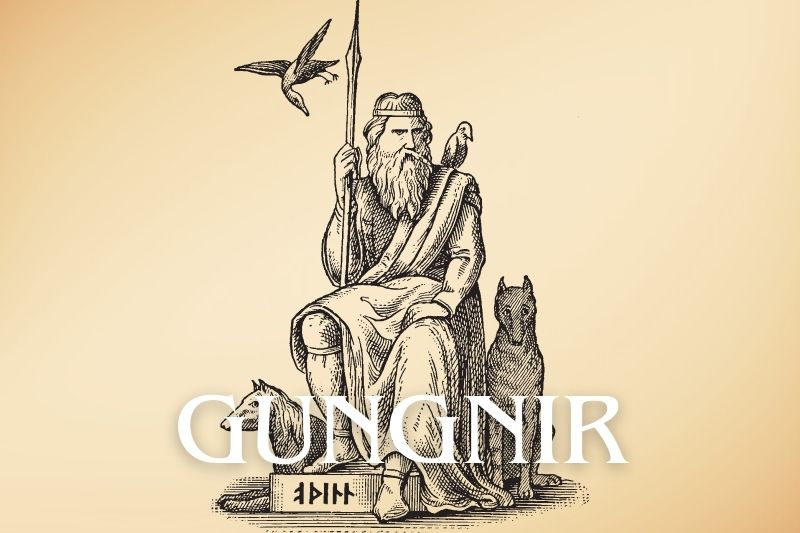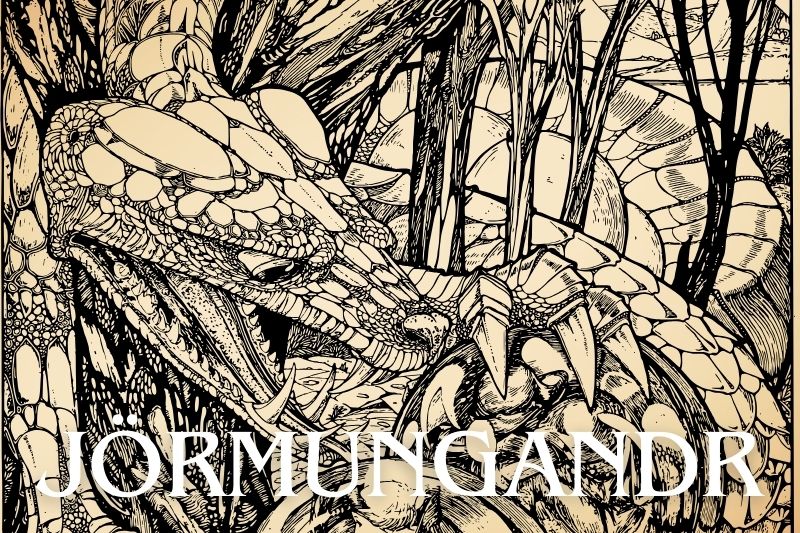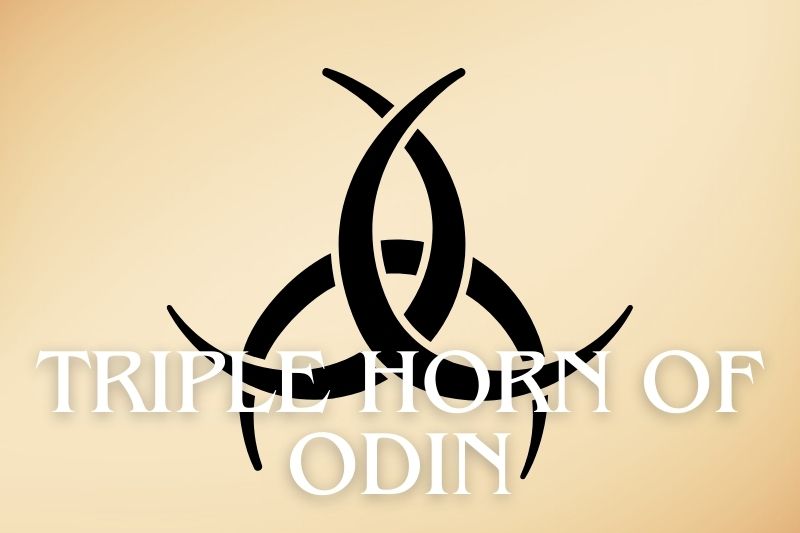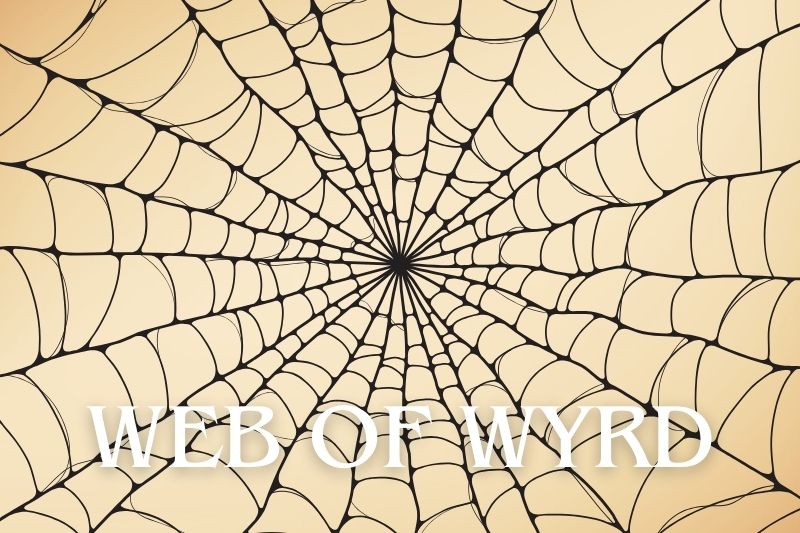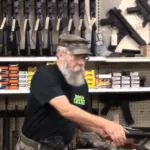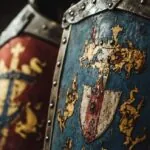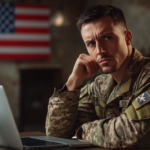The Viking Age, which lasted from the late 8th to early 11th century, is often seen through a lens of epic battles, daring voyages, and intricate mythology. But there’s more to this fascinating era than just its legendary warriors and explorers.
At the core of Viking culture are a variety of symbols, each with deep meanings and stories. These represented the beliefs, values, and dreams of the Norse people. In this post, I’ll share 10 powerful Viking symbols and their meanings, shedding light on the history and significance of these ancient icons.
1. Mjölnir (Thor’s Hammer)
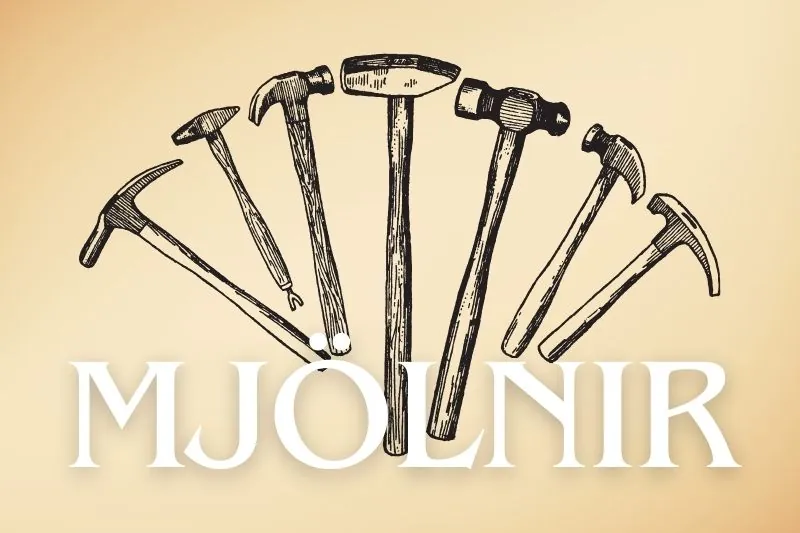
Mjölnir, Thor’s mighty hammer, is one of the most famous symbols from Viking lore. Thor, the god of thunder, wielded this powerful weapon to protect against evil forces. Many Vikings wore Mjölnir as an amulet for protection, power, and blessings.
It wasn’t just a weapon; it was a sacred symbol of Thor’s strength and courage as he defended gods and humans from chaos. Vikings used Mjölnir in ceremonies to bless marriages, births, and funerals, ensuring divine favor.
Thor’s connection to thunderstorms also made Mjölnir a symbol of fertility, believed to bring rain for crops. From elaborate pendants to simple carvings, Mjölnir’s image was everywhere, highlighting its significance in Viking culture.
2. Yggdrasil (The World Tree)
Yggdrasil, the gigantic ash tree, is at the heart of Norse mythology. This tree connects the nine worlds and is considered the universe’s axis. Yggdrasil stands for life, growth, and the interconnectedness of everything. Its branches reach the heavens, and its roots delve into the underworld, symbolizing the link between all realms.
The tree’s health was crucial for cosmic stability. Significant mythological events happened around Yggdrasil, like Odin hanging from its branches to gain wisdom. Creatures like the dragon Nidhogg gnawing at its roots and an eagle perched on top represent the eternal battle between life and destruction. Yggdrasil reminds us of the balance needed to sustain life.
3. Valknut (The Knot of the Slain)
The Valknut, made of three interlocking triangles, is tied to Odin, the god of war and death. You’ll find this symbol on ancient stones and artifacts related to funerals. The Valknut represents the journey between life and death and the gods’ power over fate. It often marked those who died in battle, chosen by Odin for Valhalla.
The Valknut’s presence in burial sites suggests it helped guide souls to the afterlife. Its interconnected design reflects the complexity of fate and the belief that dying in battle led to an honorable afterlife with the gods. Today, the Valknut still symbolizes bravery, sacrifice, and the warrior spirit in Viking culture.
4. Vegvisir (The Norse Compass)
The Vegvisir, or Norse compass, is a symbol meant to guide people through rough weather and unknown territories. It features eight staves radiating from a central point. The Vegvisir stands for guidance, protection, and safe travels. Vikings believed carrying this symbol would prevent them from getting lost, even in the toughest conditions.
The Vegvisir was often inscribed on ships, shields, and personal items for its protective power. Its name means “wayfinder” or “signpost,” highlighting its role in both physical and spiritual journeys. The Vegvisir remains popular today, especially among travelers and explorers, as a symbol of hope and direction.
5. Huginn and Muninn (Odin’s Ravens)
Huginn (thought) and Muninn (memory) are Odin’s two ravens that fly around the world, bringing him information. These birds symbolize wisdom, knowledge, and the mind. They reflect Odin’s ability to see and know everything happening in the world. You can also find out about Odin’s loyal wolves.
Huginn and Muninn remind us of the value of intelligence and the pursuit of knowledge. Their daily flights kept Odin informed about the affairs of gods and men, showcasing his wisdom and omniscience.
The ravens’ names emphasize the importance of thought and memory, key elements of wisdom and strategy. They also highlight the belief in animal guides and their connection to the divine.
6. Aegishjalmur (The Helm of Awe)
Aegishjalmur, or the Helm of Awe, is all about protection and victory. Imagine eight arms spreading out from the center, each ending in tridents. This symbol was meant to scare off enemies and make its wearer feel invincible. It stands for courage, protection, and the strength to overcome challenges.
Back in the day, warriors would draw or wear this symbol on their foreheads before going into battle, hoping it would keep them safe. The Helm of Awe was also tied to magic spells and chants, showing how much Vikings believed in the supernatural and the power of magic in war.
Today, you’ll see this design in tattoos and art, symbolizing personal strength and resilience.
7. Gungnir (Odin’s Spear)
Gungnir, Odin’s spear, was legendary for never missing its mark. It symbolizes authority, power, and precision. Gungnir wasn’t just a weapon; it represented Odin’s role as a ruler and warrior. The spear highlights the unerring power of the gods and their ability to keep the universe in balance.
Made by dwarves, the top-notch smiths in Norse mythology, Gungnir’s flawless design reflects the high standards expected of leaders. Odin used Gungnir in sacrifices and oaths, giving it a sacred status and linking it to the deep connection between warfare, leadership, and the divine.
The spear pops up in many myths and rituals, underscoring its central role in Viking ideas of power and justice.
8. Jörmungandr (The Midgard Serpent)
Jörmungandr, the Midgard Serpent, is a massive sea creature that wraps around the world. This serpent stands for the cyclical nature of life and how everything is connected. Jörmungandr reminds us of the balance between creation and destruction and the constant threat of chaos.
In Norse mythology, its epic battle with Thor during Ragnarok, the end of the world, symbolizes the inevitable clash between order and chaos. The fact that Jörmungandr can encircle the earth and bite its own tail also represents infinity and the ongoing cycle of life and death.
In art and stories, Jörmungandr serves as a powerful metaphor for the natural forces that shape and challenge our lives.
9. The Triple Horn of Odin
The Triple Horn of Odin features three interlocked drinking horns and symbolizes wisdom and poetic inspiration. It’s linked to the mead of poetry, which is said to grant wisdom and eloquence to those who drink it. This symbol represents the quest for knowledge and the power of words.
The tale of how Odin got the mead, full of cunning and perseverance, highlights the importance of intelligence and eloquence in Norse culture. You’ll find the Triple Horn in many artistic representations, showing its role in rituals and celebrations. This symbol continues to inspire those seeking wisdom and creativity, reflecting Odin’s lasting legacy in the pursuit of knowledge.
10. Web of Wyrd (Skuld’s Net)
The Web of Wyrd, or Skuld’s Net, illustrates the interconnectedness of past, present, and future. It’s a complex web of lines showing how everything is woven together. This symbol embodies the Norse concept of fate, reminding us that our actions shape our destiny.
The Norns, the goddesses of fate, weave the Web of Wyrd, deciding the course of human lives. This intricate design underscores the belief that destiny isn’t a straight line but a complex web of events and choices. The Web of Wyrd in literature and art serves as a reminder of the importance of mindfulness and how our actions affect our future.
Final words
Each symbol tells a story, offers a lesson, and shares wisdom that’s lasted for centuries. Through these symbols, the Vikings’ legacy lives on, giving us insights into their world and reminding us of the lasting power of myth and legend.

